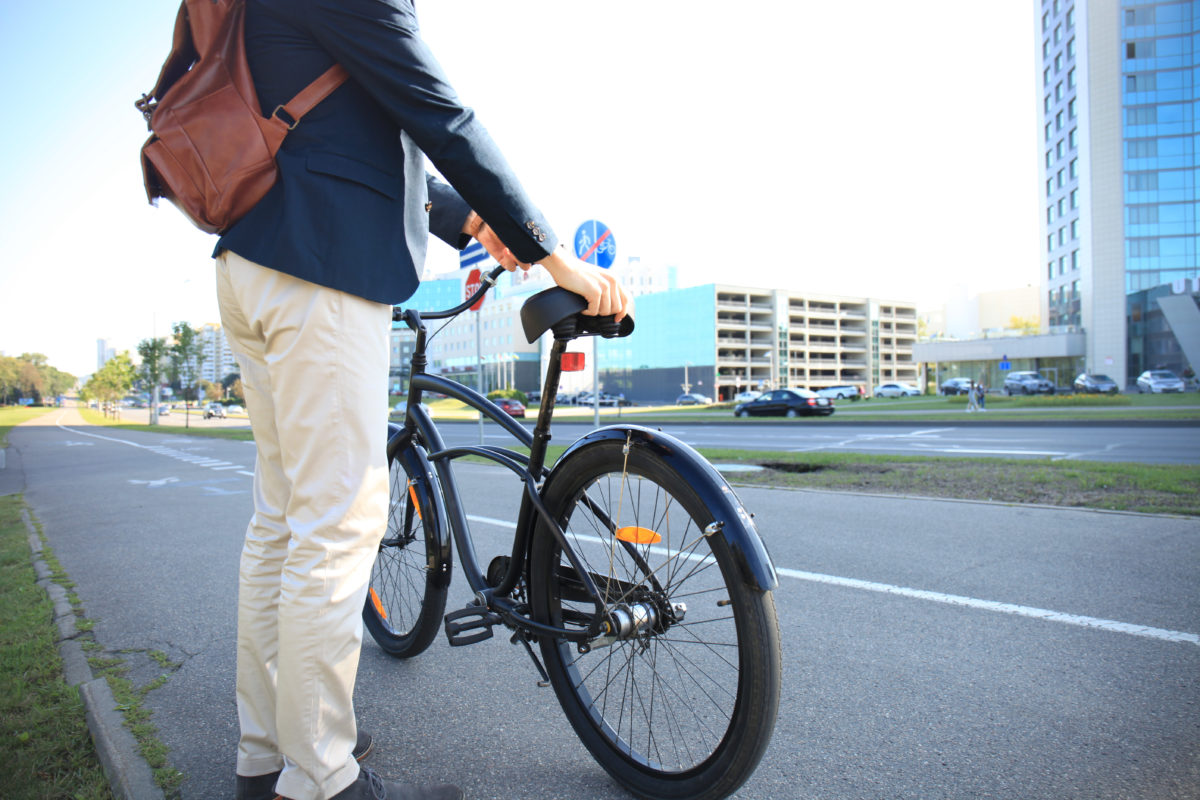May is bike to work month

During the month of May, we celebrate Bike to Work Month in the nation’s capital. This month signifies the start of riding season for many Ottawa residents. In fact, just the other week I went with my son to help him choose a new bike.
How do we inspire more people to use bikes as a form of transportation to encourage healthier lifestyles and reduce greenhouse gases? Continue building bike lanes and offer more rental docking options for VeloGO are two ideas.
The saying, build it and they will come, is true for bike lanes particularly in high traffic areas. A concern for some bicyclists is safety on their morning and evening commutes. With the construction of designated bike lanes on Laurier Avenue West and O’Connor Street in downtown Ottawa, this has helped make biking safer for all sharing the road.
When I was in London, England a few years ago on a family vacation, my teenage son decided that he wanted to go off on his own and explore the city. This idea was made very convenient by the number of rental bikes and docking stations located across the city. He could hop on a bike, park to explore and then hop back on to his next destination.
A colleague of mine who lives downtown would like to own a bike but lacks storage space in her current apartment. If there were more docking stations for VeloGO close to work, she could bike from downtown and park at Tunney’s Pasture for the day, then return the bike to a docking station downtown in the evening. I’m sure lots of people would take advantage of this option if docking stations were located close to their workplaces.
Proper infrastructure will make biking to and from work easier for all. Biking adds to our health, and is good for cities, with less traffic, better quality air and more pleasant urban spaces. But paint isn’t infrastructure.
Too often, I see roads repaved, and painted bike lanes get repainted on the new surface. Never mind the fact that broken curbs and sidewalks are left in place, the new paving gives a great opportunity for new separated bike lines that create a safe infrastructure. But by maintaining the status quo, we’re investing millions in new roads, and wasting an opportunity to make things better in the process. As citizens, we need to demand more of our infrastructure repairs so that things get better every time we make an investment.
Giacomo Panico recently did a series on the missing links in Ottawa’s cycling network. It’s clear that there is no overriding strategy behind how we design our bike infrastructure. Our investments need to be more than just a good network from here to there, but need to link disparate parts together. We can argue all we like that there’s only so much budget to spend, but the amount we spend on roads, and the standards we hold those roads to, is a far cry from what cyclists are forced to live with. Imagine if a 6 lane road, like Carling, suddenly ended, with no appreciable warning, and nowhere for those cars to go?
However more than just infrastructure, we need to make it easier for people to cycle. Facilitating bike share programs and giving them places to operate that are cost effective is a key step. Bike Share Toronto gives a 40% discount to members in their first year, but why not let people pay for their bike share with their PRESTO Card? How about keeping bike racks on OC Transpo busses year-round so that people can use their bike for the last mile.
We need political leadership to see that improving cycling is a priority. We need more than just words and photo-ops. We need actual investment in infrastructure and businesses to make it easier to commute and get around in a safe network.